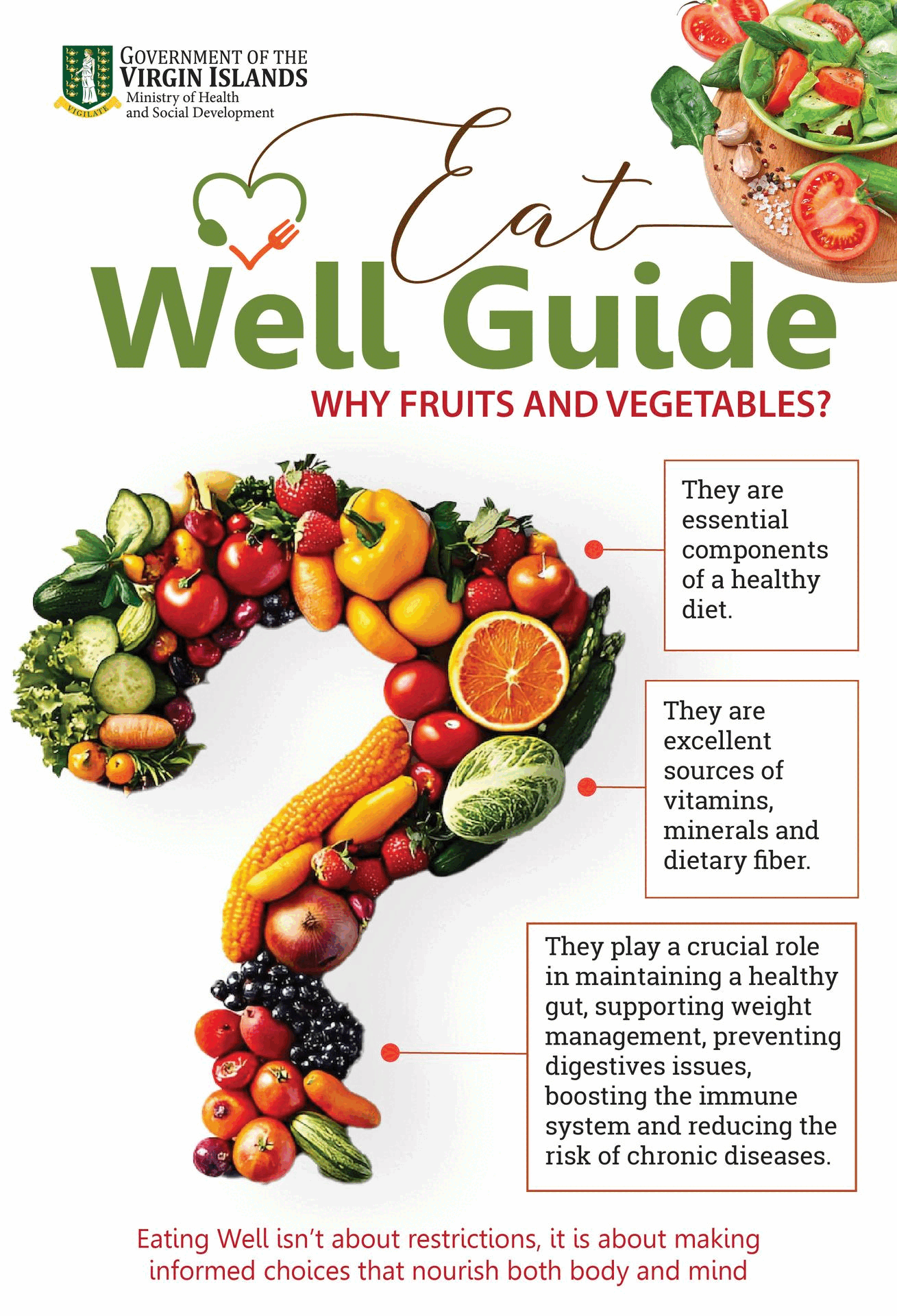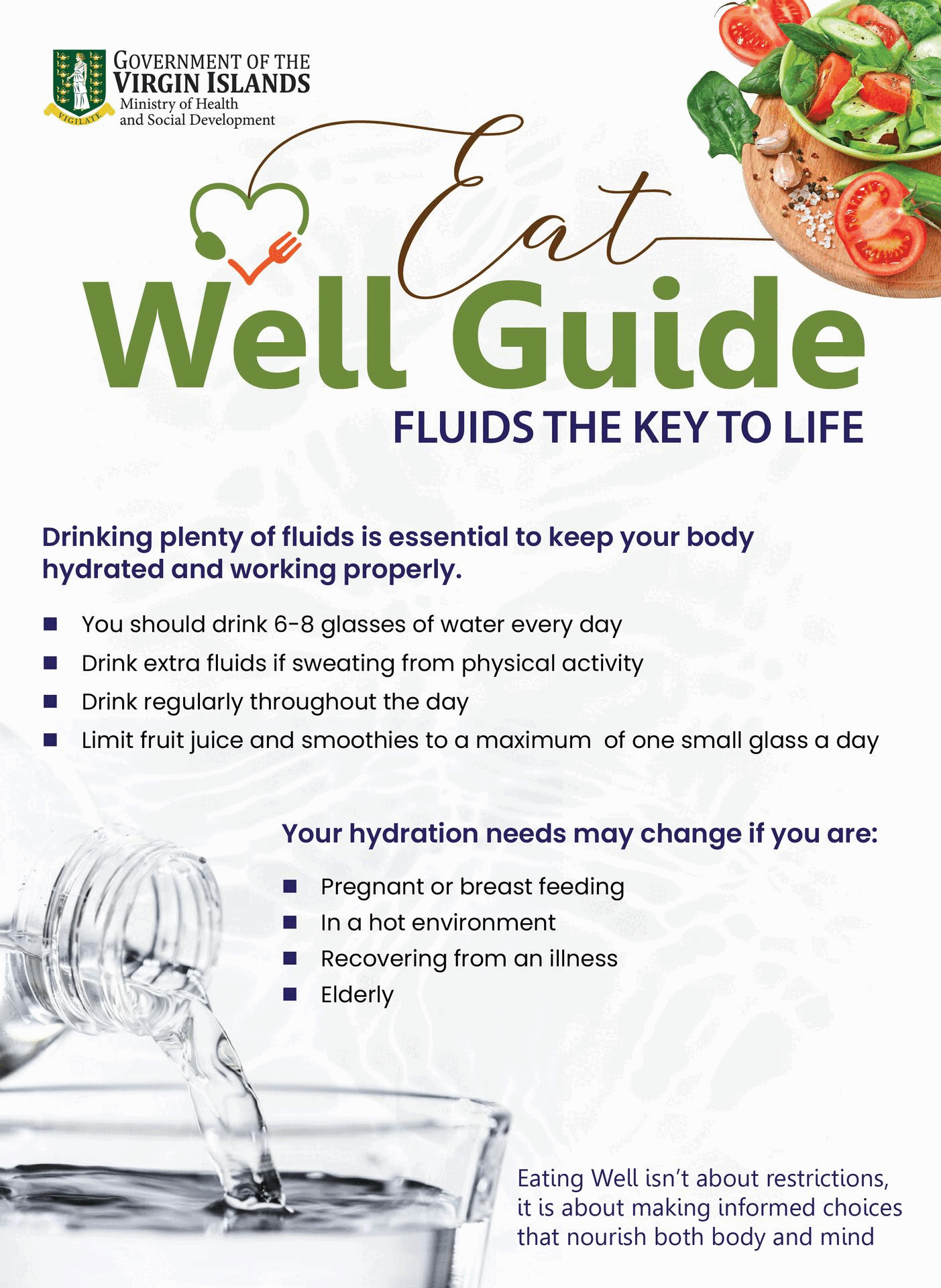Road Network Development & Management
Road network development, management, operations, and use are a process that entails planning, programming, budgeting, design, construction/inspection, maintenance and repair, rehabilitation, and reconstruction. Roads are essential for effectively, efficiently, and safely moving goods and people.
They drive growth and development and are a vital indicator of a country’s quality of life and standard of living, connecting urban, suburban, and rural areas in the community.
The Virgin Islands (VI) (British) road network needs improvements in planning, programming, layout, design, construction, maintenance, and repair to deliver these expectations and functions effectively. Modifications are required to meet domestic transportation needs and for economic competitiveness.
Road Classifications and Types
The four major road classifications are a) highways, b) arterials, c) collectors, and b) locals. The VI roads are primarily collectors and locals and are multi-use. Consequently, engineers should design them to carry the heaviest wheel load that will potentially use them consistently. Typically, there are three types of roads: concrete (rigid pavement), asphalt (flexible pavement), and dirt. Generally, asphalt pavement is less costly to construct but more expensive to maintain; concrete, more expensive to build but cheaper to maintain.
Return on Road Investment/Value for Money
VI residents are dissatisfied with the serviceability of the territory’s roads. They frequently vent about the quality, feeling that they are not getting value for the tens of millions invested on roads. Roads are in a relatively poor to moderate state with a short lifecycle. The short network life cycle is attributable to several factors: design, construction, maintenance, and repair. Moreover, poor drainage is a contributing cause of rapid road deterioration.
Drainage
Road design, construction, and maintenance are major contributing factors to poor drainage. Roads seem to experience flooding even with frequent recurring rain events, i.e., 2-, 5-, 10-year, etc. Consequently, to prevent or minimize flooding, the Public Works Department (PWD) needs to take the following actions, a) elevate/build-up road base, b) put a crown on the roads, c) design and construct proper cross slopes, d) construct roadside ditches, curb and gutter, catch water drains and cross drains and e) and ensure roads are constructed/inspected, maintained and repaired consistent with design criteria, removing runoff from roads and preventing ponding. Ponding results in water infiltration into the top layer, base, subbase, subgrade, resulting in standing water, birdbaths, etc.
Ponding results in potholes and other related deteriorations that adversely impact the serviceability of roads, i.e., a) increased maintenance and repair cost, b) increased driving hazards, c) shortened lifecycles, d) increased vehicle owners operating cost, e) increased probability of accidents, f) increased insurance cost, g) traffic issues, and h) increased road reconstruction cost. Drainage lines, pipe culverts, box culverts, curb and gutter, manholes, etc., must be adequately sized, installed, and maintained. Further, engineers need to pay special attention to hill road alignments, viz, slope stability, geometry, drainage, i.e., roadside, catch water, and cross drains drainage.
Moreover, poor drainage contributes to flooding, resulting in property damages. Drainage systems must be frequently inspected, especially after heavy rains; a robust maintenance program must be developed and consistently executed. A menace and vexing issue for many VI residents is potholes. PWD should develop and launch pothole patrol crews to arrest this problem.
Design Lifecycle and Construction
Designers typically design roads with an estimated lifecycle, i.e., 10-, 20-, or 30-year. For the streets to attain or closely approach these lifecycles, they require routine, periodic, and other maintenance, i.e., crack sealing, skin patches, pothole repairs, minor full-depth repairs, etc.
The following is a typical periodic maintenance schedule for an asphalt 20-year design life street. An asphalt road typically has three layers: the subgrade bottom layer, the base layer, and the surface layer. Continuing, at the 7-year mark, a seal coat is applied (additional coat on the existing surface). At the 15-year mark, an overlay is applied (top surface milled and replaced with a new topcoat). And finally, at the 20-year mark, the road is completely reconstructed. PWD should periodically assess and analyze the condition of all roads, using one of the existing tools to determine the Pavement Condition Index (PCI) and plan of action. PCI is a numerical index ranging between 0 and 100 that is employed to determine the general condition of the road. Typically, a PCI of 100 indicates a road in good condition; 0, a road in an ultimately failed condition; a PCI of 40 or less, poor condition; PCI of 20 or less, failed state.
Moreover, it is essential to note that the proper fix for a failed road is reconstruction. Seal coating or overlaying is not a reconstruction of a road. Placing a seal coat or overlay over a failed road at best only provides temporary relief. The nice shiny surface is only a mirage, for, in short order, the symptoms of a failed road will soon resurface.
Road Cuts
The frequent cutting of roads weakens and shortens their lifecycles. And it seems that no sooner than when PWD completes a road project, the road is cut into. PWD should publish a 5- or 10-year road construction/reconstruction schedule to prevent or minimize road cuts so that water, sewage, electricity, and telecommunications can plan and coordinate their major projects consistent with the PWD schedule. Additionally, PWD should require permits for all street cuts. Moreover, road cuts weaken and shorten road life. Therefore, PWD should assess a fee for repairing street cuts; the newer the road, the higher the fee.
Road Network Layout
The road network layout is neither ideal nor friendly. For the most part, the road layout followed previous alignments. Save for Anegada, which is flat, consisting of coral and limestone, all the other islands in the VI chain are of volcanic origin and steep/hilly. And there are several steep terrain roads in the territory, e.g., Tortola, the largest island. Vehicles ascending and descending steep terrain can face and experience hazardous conditions.
Consequently, roads in hilly terrain are constructed in a circular pattern to moderate the steepness to facilitate more stable and safer roads and comfortable travel. Circular hill roads are longer but are safer and reduce the wear and tear on vehicles. However, following previous road alignments and lack of land availability and access, realigning the network layout will be challenging and require land purchases, land swaps, right-of-way, allocations, easements, and eminent domain (controversial last resort).
Further, the VI can benchmark how other hilly terrain countries construct hill roads. For example, some used hairpin turns (switchbacks), viz, Saint Gotthard Pass in Switzerland, Aristi-Pagingo in Greece, Hana Highway, Maui, Hawaii, Sierra da Leba in Angola, SC-438 in Brazil, Jacob’s Ladder in Tasmania, Zig Zag Hill in Dorset, England and Alpe d’Huez in the French Alps. And as a part of the road capital improvement program (CIP), a rank priority order list of road projects, a road consultant engineer or firm may need to be hired to assess and analyze the network layout and provide improvement recommendations.
Edgar Leonard is a native Virgin Islander (British), amateur freelance writer, and graduate of Florida A&M University.





















.png)



















